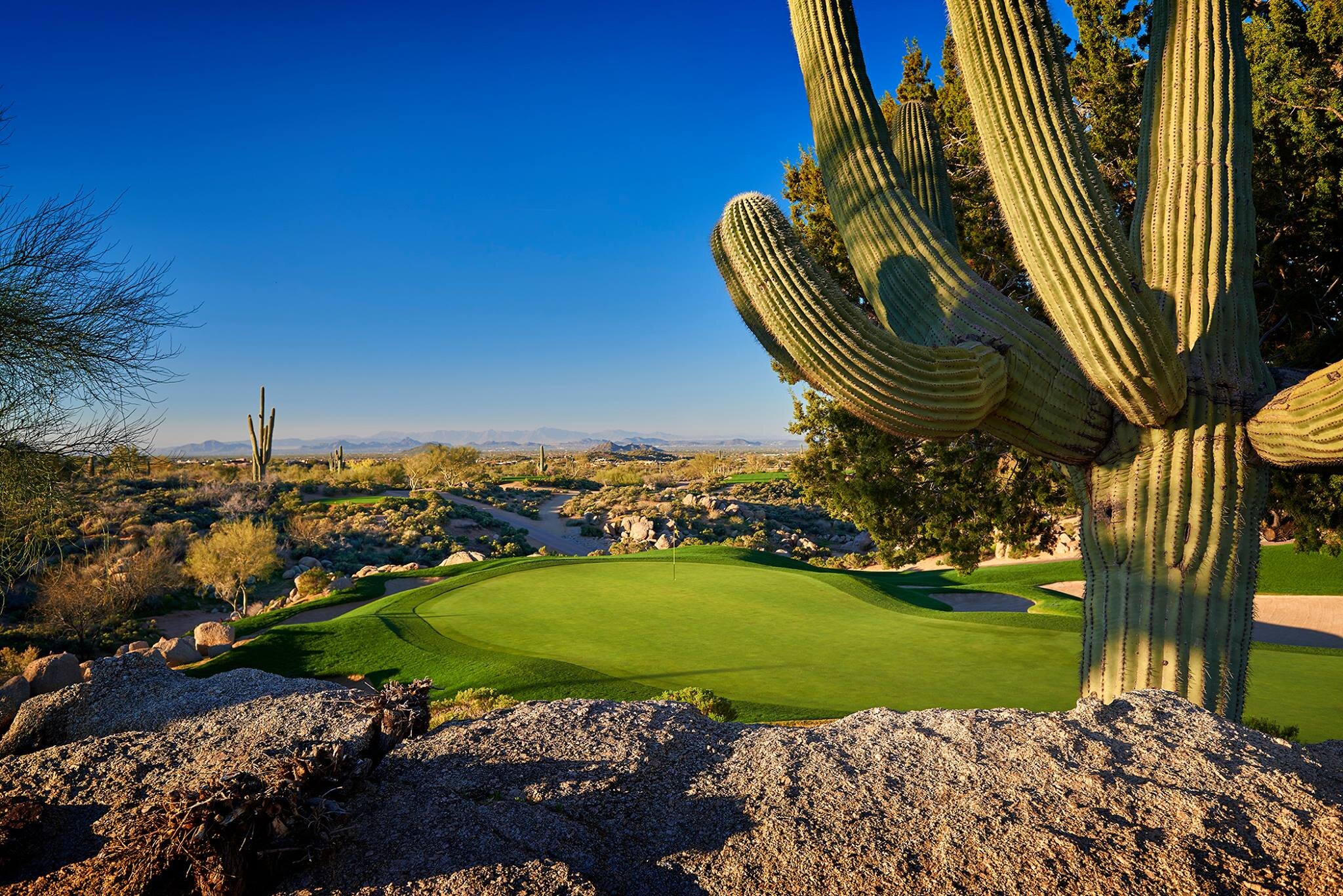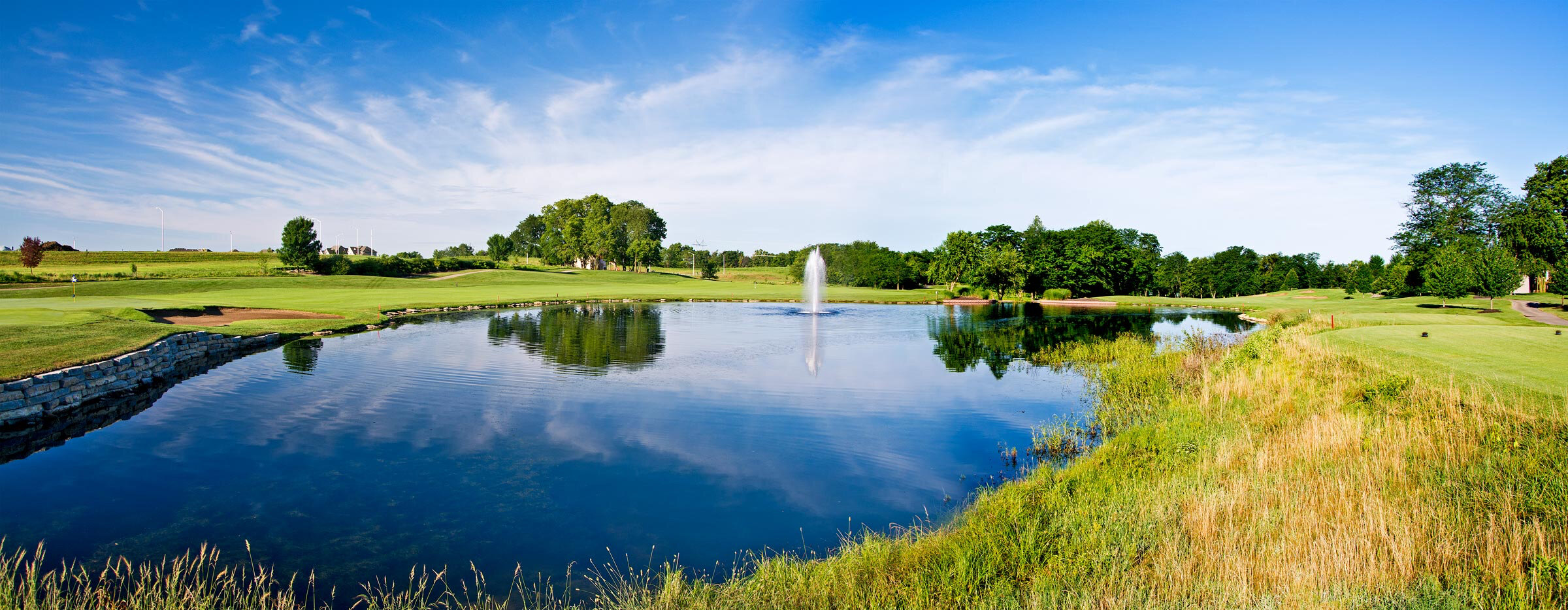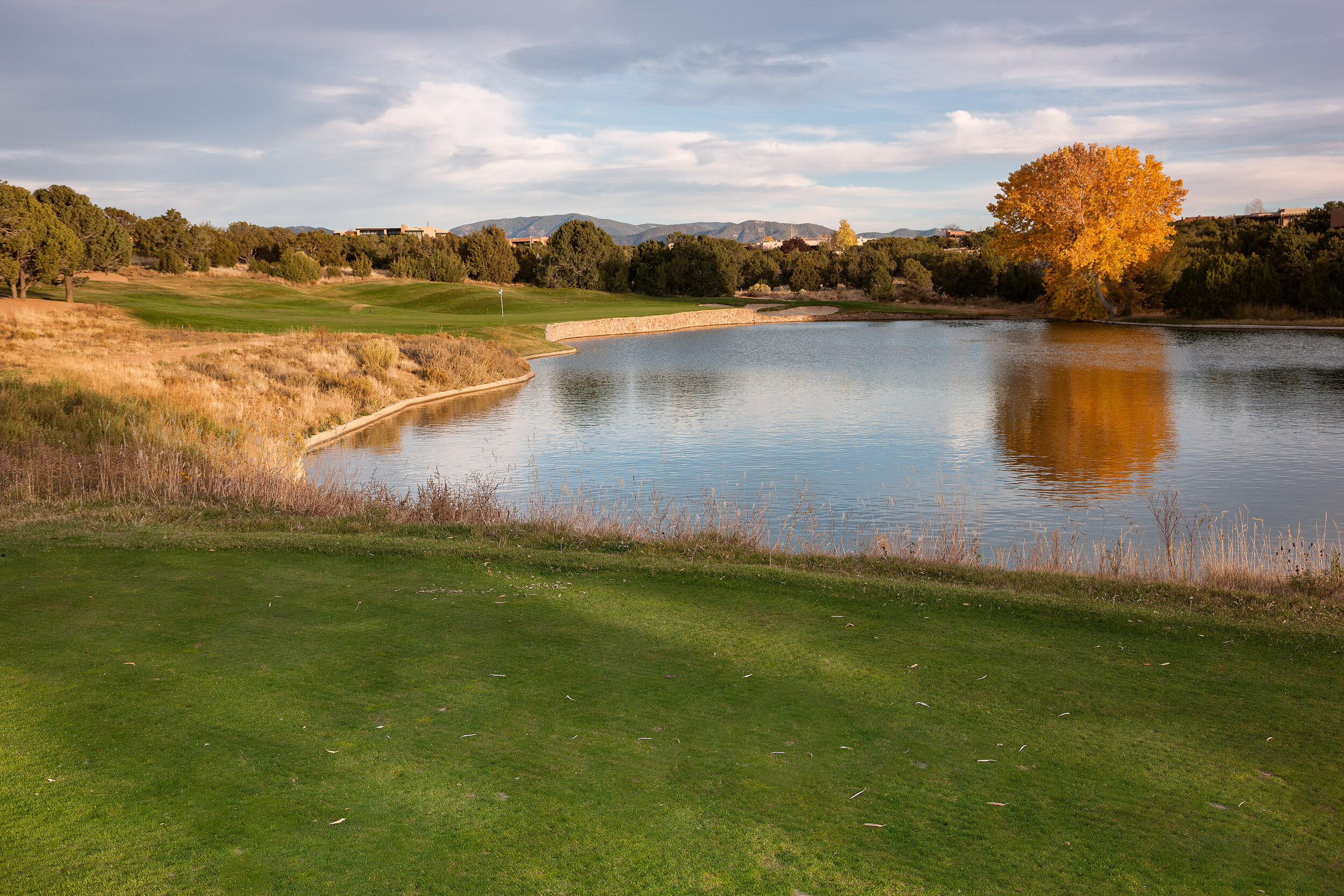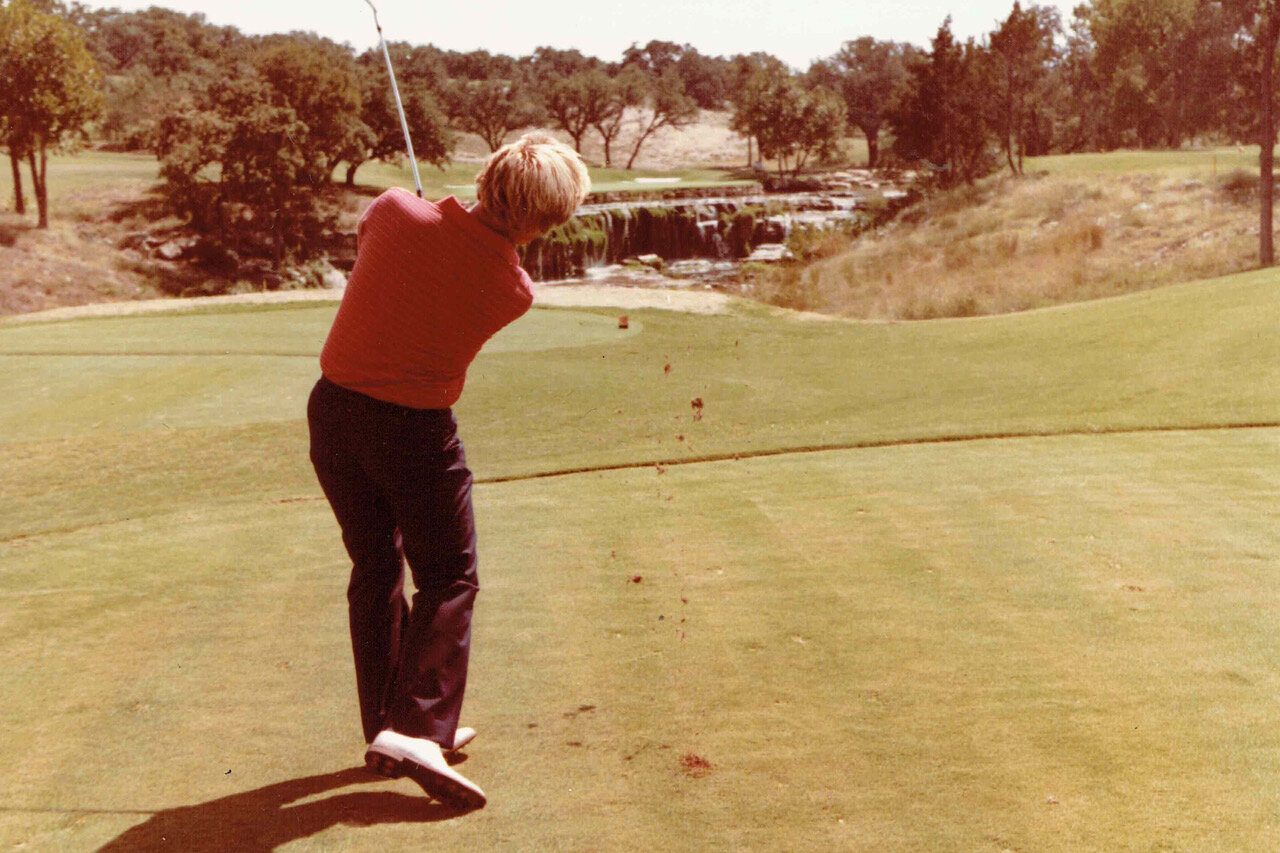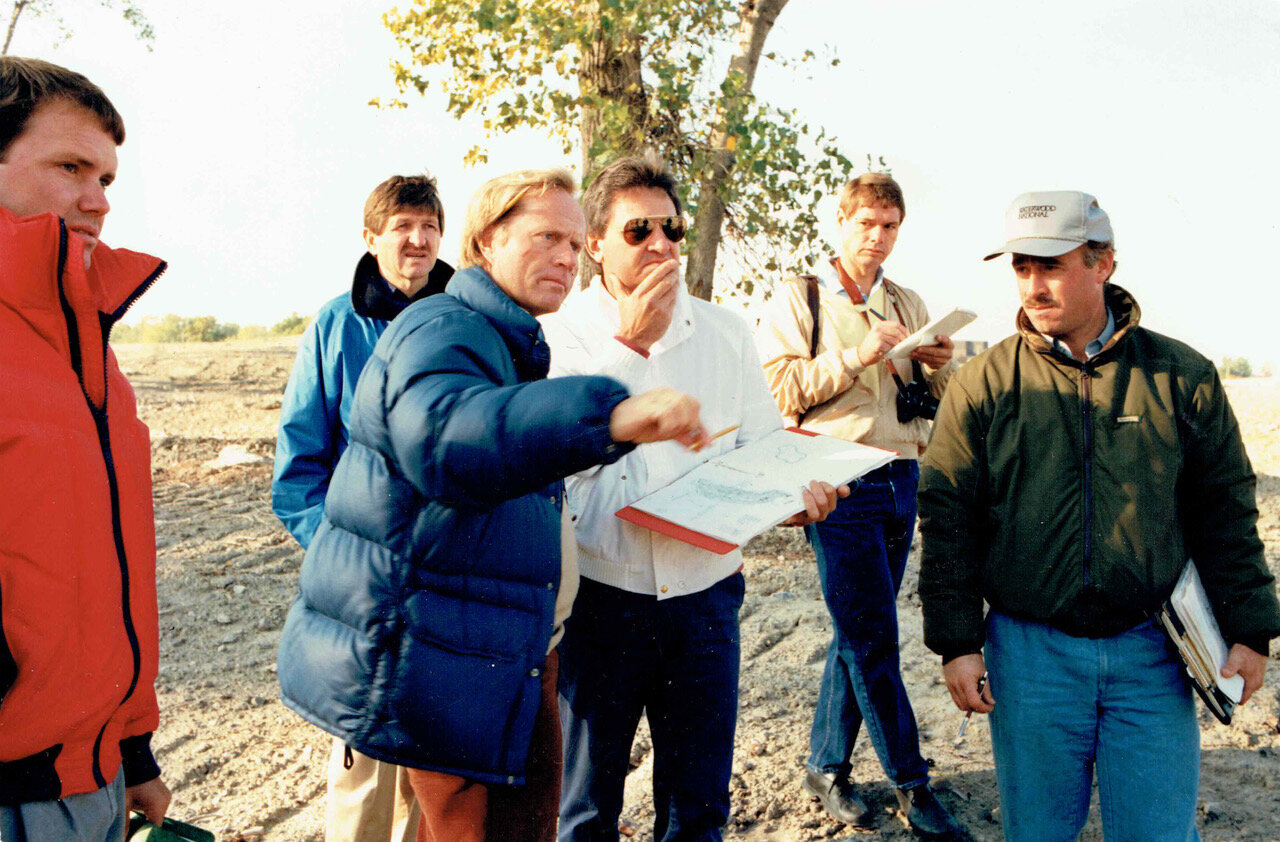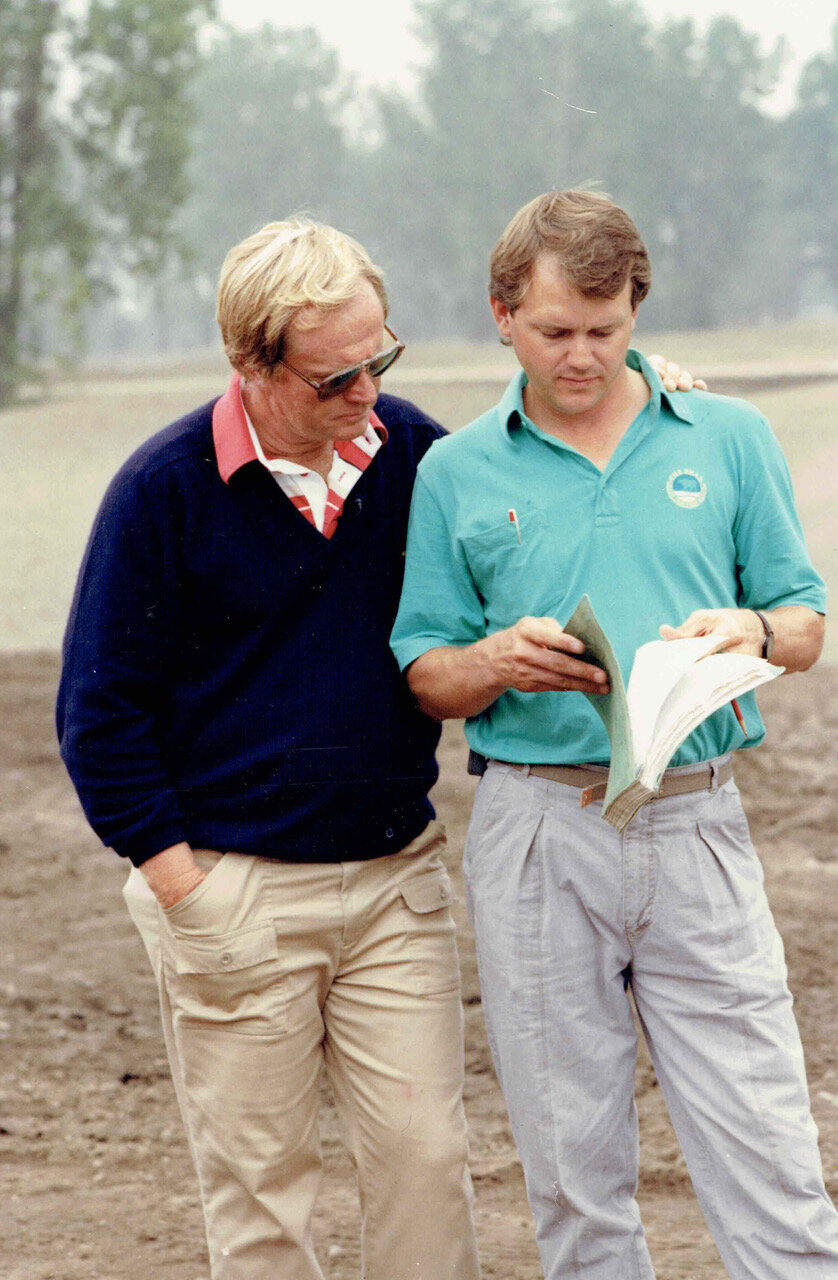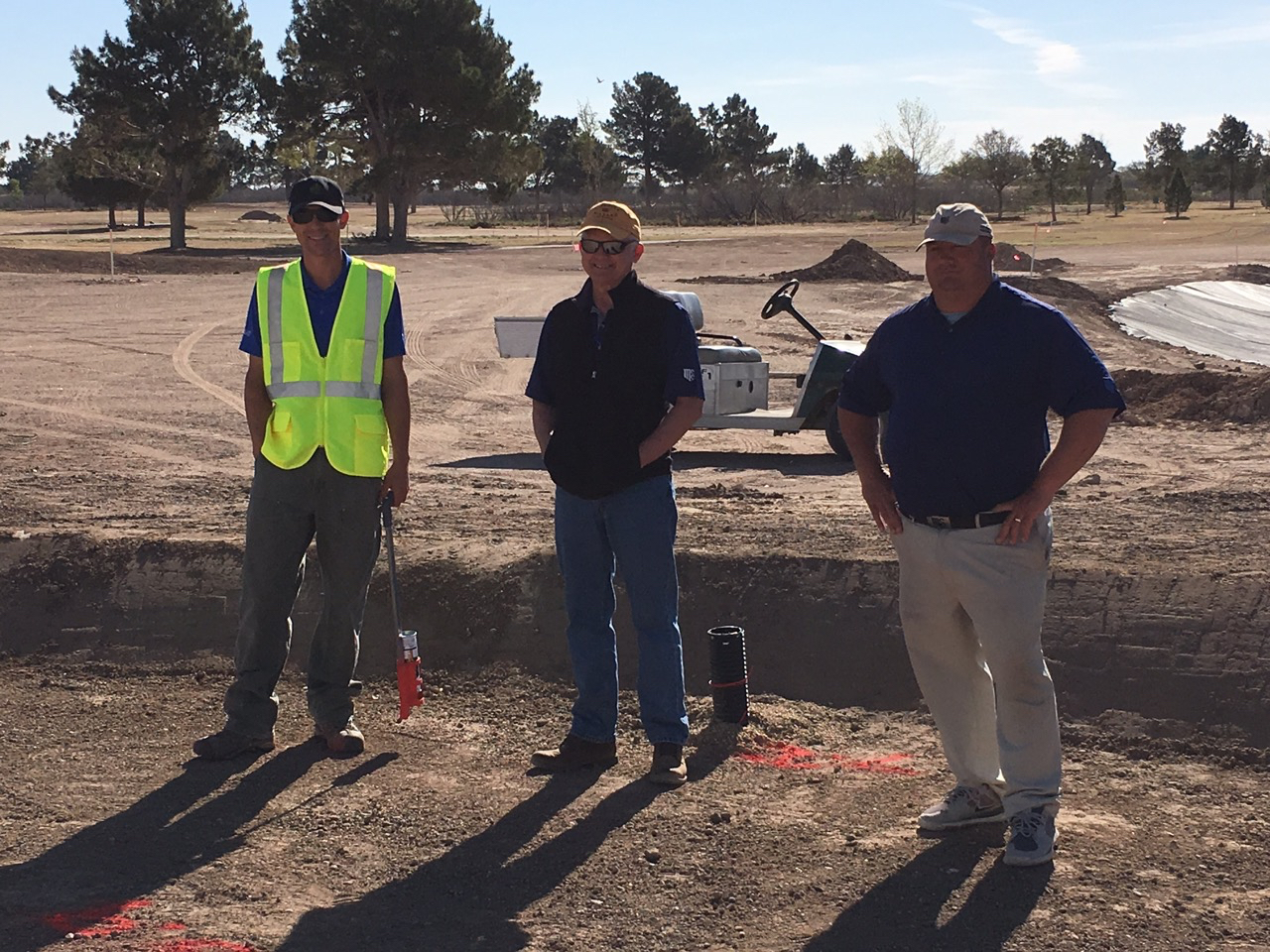TPC Sawgrass
A Master Piece After All
Anyone watching the Players Championship last week could see that the golf course was in immaculate condition. Quite possibly the best condition it has ever been in for the tournament. Such a beautiful and natural setting for a golf course did not start out this way. Arguably, the best “bad site” architect we have ever seen, Pete Dye literally turned the Sawgrass property upside down during construction. A nasty layer of marl and organic matter was scraped off the top of the golf course and sand from underneath was excavated and stockpiled. The marl was put back down, or maybe buried, and the sand was replaced so that the shaping of the golf course could begin.
When Sawgrass first opened, it was not well received, coming under fire by many of the professionals the first few years of the tournament. Initially, I did not appreciate the geometric bunkering, the miles of bulkheading and the tricked-up island green. It certainly has grown on me. Mr. Dye and the PGA Tour have made many adjustments to the golf course which has improved the playability, aesthetics and conditioning. And, of course, the seventeenth hole is now must-see television.
There are many unique features associated with Sawgrass. One of the most obscure for the casual golf fan is the amount of internal drainage basins. At the time, it is one of the first “internally drained” golf courses ever built. I have written previously that Jack Nicklaus’ early visit to Sawgrass gave him the idea to internally drain Desert Highlands Golf Club. The extensive internal drainage, in theory, will help contain and prevent wayward balls from entering a hazard or going out of bounds. It also prevents surface runoff from entering sensitive native areas or pristine water features. Unfortunately, this style of drainage was taken to extremes during the 1980s and 1990s. I once saw a set of golf course construction drawings with 300 catch basins. Thankfully we have backed way off of that heavy-handed design style.
I recently read a piece by National Golf Foundations’ David Lorentz, https://www.thengfq.com/2021/03/cracking-the-code/, where he points out how important “shot euphoria” is for golfer retention. Well, I’ve played TPC Sawgrass and unless you have a high golf skill level, shot euphoria will be hard to come by! That’s ok, because the golf course is supposed to do that. It is designed to challenge the greatest players in the world and it does a very good job with that. I’m not sure I would want to play it every day, but it is a truly remarkable test of golf for elite players.
Mr. Lorentz’ article also speaks to the need for creating a welcoming environment for all levels of player. So, we need to make golfers feel welcome and we need to provide golf courses that give everyone a chance to feel like they can play the game. I, for one, believe the customer service piece is maybe not easy, but certainly straight forward and achievable. The golf design challenge should be taken seriously by all of us who have influence. When the chance is there to provide a fun place to play golf, let’s tuck our egos away and do what’s right for the game.
